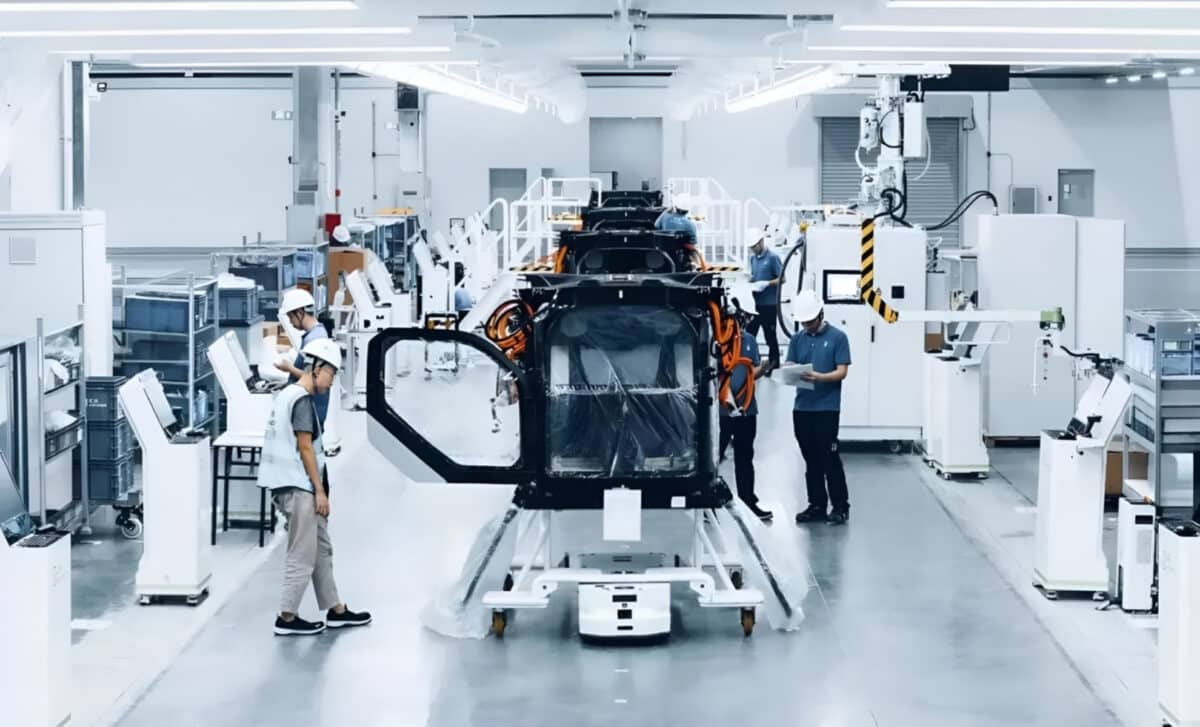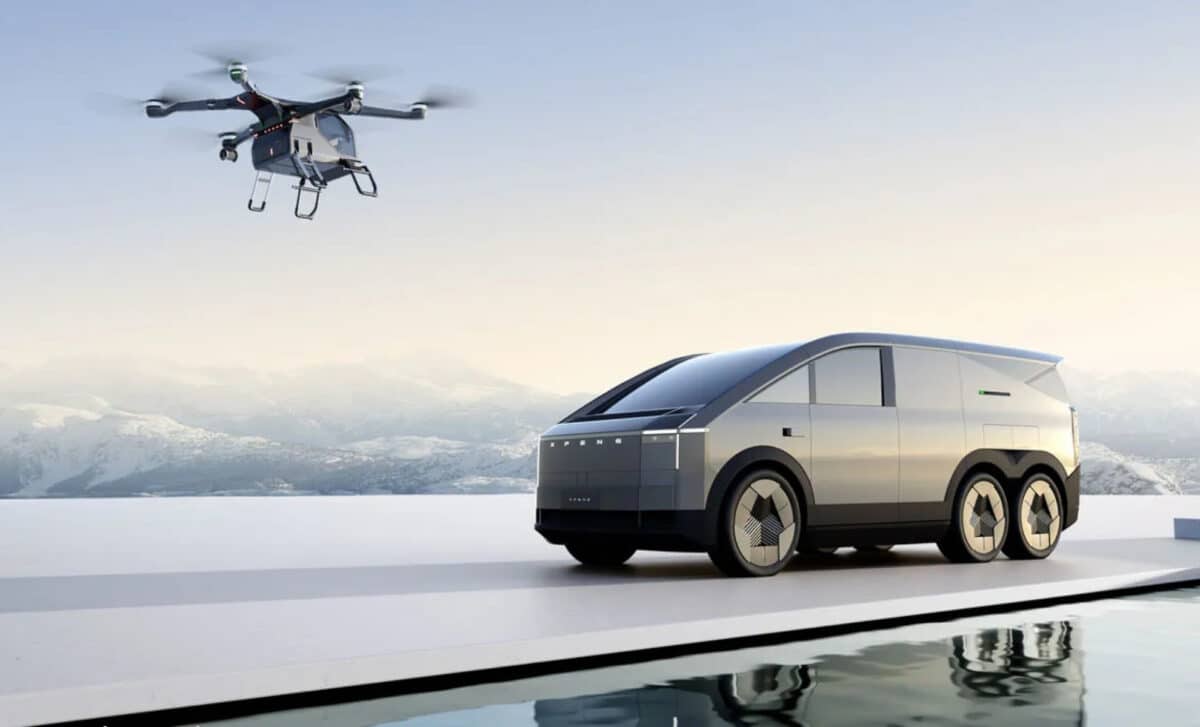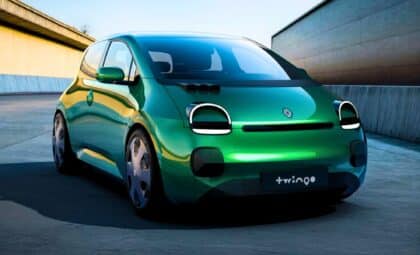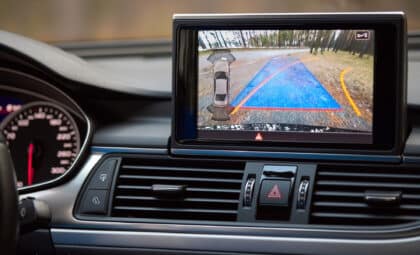Dubbed the “Land Carrier,” this groundbreaking vehicle features a dual-module design, combining a land-based vehicle and an aerial module, offering a glimpse into the future of transportation. The vehicle will undergo extensive testing in the coming months, with full-scale production slated to begin next year.
XPeng’s latest innovation, developed by its subsidiary Aridge, is set to revolutionize both land and air mobility. By integrating a land vehicle with an electric aerial module, the company is positioning itself at the forefront of the emerging flying car industry. This ambitious step marks a significant development in personal transportation, aiming to bridge the gap between traditional road vehicles and airborne technology.
A High-Tech Facility for the Future of Transport
The new production facility in Guangzhou spans over 120,000 square meters and is purpose-built for the modular flying car. According to CNC, it consists of five specialized workshops that focus on key aspects of production, including composites, propulsion, assembly, painting, and final integration. The facility is equipped with cutting-edge automated systems designed to ensure precision and efficiency in manufacturing.
The composite workshop plays a crucial role, producing 300 tons of carbon-fiber components annually. These parts are essential for the structural integrity of the flying car, which relies heavily on lightweight yet durable materials.
The assembly process incorporates both manual and automated techniques, with each vehicle undergoing rigorous testing in the final integration workshop. This ensures that the vehicles meet stringent safety and airworthiness standards.

A Dual-Mode Vehicle: Land and Air Capabilities
At the heart of XPeng’s flying car is its modular design. The “Land Carrier” consists of two modules: a land vehicle and an aerial module. The land module, also known as the “mother vehicle,” is equipped with a six-wheel all-wheel-drive system, offering off-road capabilities and a high load capacity.
It measures approximately 5.5 meters in length, 2 meters in width, and 2 meters in height, making it compatible with standard parking spaces. This land module can be driven with a regular driver’s license, ensuring practicality for everyday use.
The aerial module is designed for flight, featuring six rotors and an electric propulsion system. The design includes a carbon-fiber fuselage and rotor blades to ensure strength while minimizing weight.
A key feature of the flying car is its 270-degree panoramic cockpit, providing a wide view for the operator. According to the company, the vehicle supports both manual and autonomous flight modes, allowing for easy navigation and automated flight along preset routes.

Sustainability in Production and Operation
Sustainability is at the core of XPeng’s design philosophy, both in terms of the vehicle’s production and its environmental impact. The factory is designed to minimize its carbon footprint, incorporating photovoltaic power and energy-efficient equipment throughout the production process. A digital energy management system tracks energy usage, optimizing consumption and further reducing emissions.
The facility is designed to produce up to 10,000 units annually, with an initial output of 5,000. As reported, one flying car is expected to roll off the production line every 30 minutes, underscoring the high-tech, efficient nature of the operation. This production scale is set to meet growing demand for sustainable, advanced transportation solutions, reflecting XPeng’s commitment to green technology.









